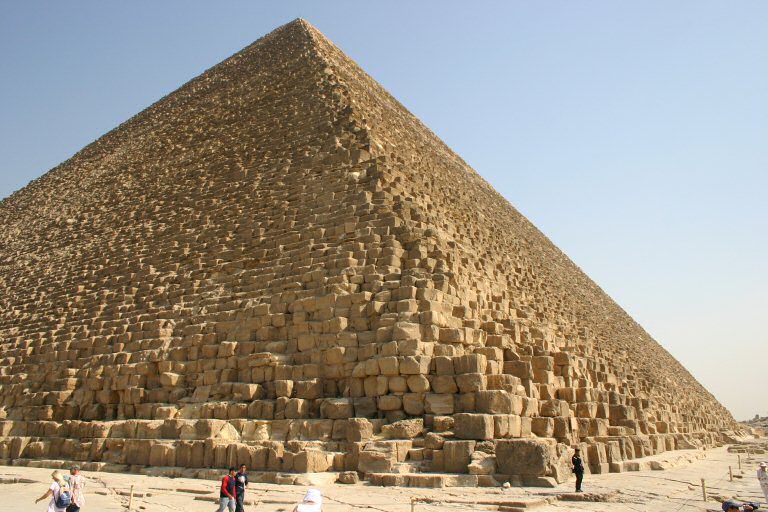 |
| Pyramid of Giza, Egypt. |
The architecture
is considered as the art and science of designing and constructing
buildings, which began in prehistoric times, when men built the
first cabins of reeds and mud. The construction industry is, in all
countries, an indicator of the economic development and an evidence
of its evolution. The development of the construction has always been
linked to the availability of materials, in fact, evolution can be
analyzed considering only how buildings are built. The construction
work was carried out during thousands of years with two materials:
stone and clay bricks. The Great Pyramid of Giza (2560 BC) was for
centuries the tallest structure in the world. In ancient Mesopotamia
people worked with other materials: brick, the first cities were
built with this. In Rome an impressive advance was achieved with
other material; powder mixed with water, which turned to stone:
pozzolan. The next step was the incorporation of iron in the
construction, with the following work: the Crystal Palace. The
Neoclassicism, Baroque, Gothic and Rationalism were some of the
architectural styles with the greatest changes in history. The most
used construction materials: gypsum, cement, sand, mud, iron, bricks,
clay, stones including limestone ...
Around 90s in
Western cities will appear many movements that will value the new and
original things. Modernism and Functionalism were two cheerful and
colorful currents which were based on the use and adaptation of
materials that were developed in the late nineteenth and early
twentieth century.
Some cities,
mainly in the southern hemisphere, are growing at an exponential
rate. In the south, the population continues to grow much, while in
Europe, Russia and North Asia are declining.

